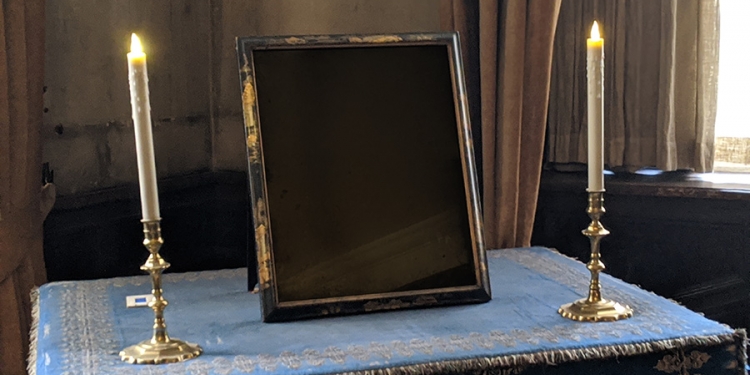

Scrying is a form of divination, the practice of seeking knowledge of the future or the unknown by supernatural means. Scrying is a way for individuals to focus their minds and potentially tap into what lies beyond our normal sensory experiences. The practice involves staring into a medium with the hope of eliciting visions that reveal information or messages. These mediums can be anything reflective or translucent - commonly mirrors, crystal balls, water, or even flames.
The idea is that the person doing the scrying, known as the scryer, gazes into these surfaces with a relaxed focus and might see images, symbols, or scenes play out before them. These are interpreted to provide guidance, answer questions, or communicate with the spirits of the dead.
Many individuals incorporate scrying into their personal meditation or reflection practices, it's also a component of various spiritual and ritualistic practices across different traditions.
From the ancient Egyptians and druids to Nostradamus and John Dee, a noted 16th-century mathematician, astronomer, and advisor to Queen Elizabeth I, many have turned to scrying as a means of divination. Scrying is still a part of modern paranormal investigations and spiritual practices to this day. However, it's no longer all about predicting the future or summoning visions. For many, scrying is used as a method for attempting to communicate with spirits or supernatural entities. Some ghost hunters use techniques, such as mirror scrying, with the intention of receiving messages or visions related to the spirits present in a location.
Perhaps the most iconic image associated with scrying is that of the crystal ball. This method involves staring into a crystal sphere, allowing the scryer's gaze to soften and become unfocused, inviting visions to appear within the ball. The crystal ball serves as a focal point for concentration, helping the scryer to tune out external distractions.
When it comes to paranormal investigation, mirror scrying is probably the most commonly used method. This method involves the use of a reflective surface, often a black mirror, as the medium for divination. The scryer gazes into the mirror, looking beyond their reflection to seek images or symbols that might emerge. The use of a black mirror, as opposed to a regular one, is believed to help diminish the distractions of the physical environment, making it easier to focus on the psychic impressions received.
In more recent times, regular mirrors have been used. In this setup, the scryer sits in front of a mirror, usually in a dimly lit or candlelit room, to minimise distractions and improve focus. The scryer gazes into their own reflection, maintaining a soft focus, and looks for changes in their appearance in the reflection. These changes might include alterations in facial features, expressions that the scryer doesn't consciously make, or even the appearance of other faces.
Water scrying, also known as hydromancy, involves using water as the medium for divination. This can be done by filling a bowl with water and gazing into its surface, or by looking into a natural body of water like a lake or pond. The fluid nature of water is thought to be conducive to psychic impressions, with ripples and reflections serving as gateways to other realms of perception.
Fire scrying, or pyromancy, uses flames as the medium through which visions are sought. This can involve gazing into the embers of a fire, watching the flames of a candle, or staring at smoke patterns. Similar to smoke is cloud scrying, or nephelomancy, which involves looking at the shapes and movements of clouds to obtain messages or insights.
Scrying, with its roots in divination and the mystical, finds its place in a variety of settings and has traditionally been condemned by religions such as Christianity, Islam, and Judaism. This is based on concerns that divination attempts to gain knowledge or influence the future in ways that bypass divine will or rely on supernatural sources considered outside or opposed to the religion's teachings. The Bible, for example, goes as far as calling divination an affront to the sovereignty of God and potentially opening the door to malevolent forces.
The perception of danger associated with scrying is similar to that of using a Ouija board, which is understandable since spirit boards are another method of divination aimed at gaining insight or communicating with the spiritual realm. These concerns often stem from the belief that opening yourself up to the spiritual world without proper protection or intent can inadvertently invite negative or malevolent entities. The reality is that any attempt to communicate with spirits, even through the use of a modern ghost hunting gadget like an EMF meter, is a form of divination and could be frowned upon by certain groups. Despite this, ghost hunting in general is not inherently dangerous.
If you're new to scrying and curious to try it for yourself, mirror scrying is an excellent choice for beginners due to its simplicity and the widespread availability of mirrors. For ghost hunting, a black scrying mirror is often recommended because its reflective surface is less distracting, but any mirror will do when you're just starting out. Some ghost hunters prefer to conduct their sessions in locations known for paranormal activity, but it's a good idea to practice in the comfort of your own home. The key is to create a calm and quiet environment where you can focus without interruption. It's more about letting your gaze soften and your mind open to whatever comes through.
Scrying, like many aspects of the paranormal, faces skepticism due to the difficulties in substantiating claims made through scrying, as the practice relies heavily on the individual's interpretation of what they see or perceive. Skeptics argue that the visions or insights obtained through scrying can be influenced by the scryer's expectations, beliefs, and psychological state.
Our tendency to perceive and find meaningful or recognisable patterns, especially faces, in random or vague stimuli also casts doubt on the authenticity of scrying. This is due to the psychological phenomenon of pareidolia, which may cause us to interpret ambiguous shapes or patterns as significant messages or visions when gazing into a reflective or translucent medium.
More Essential Parapsychology
See All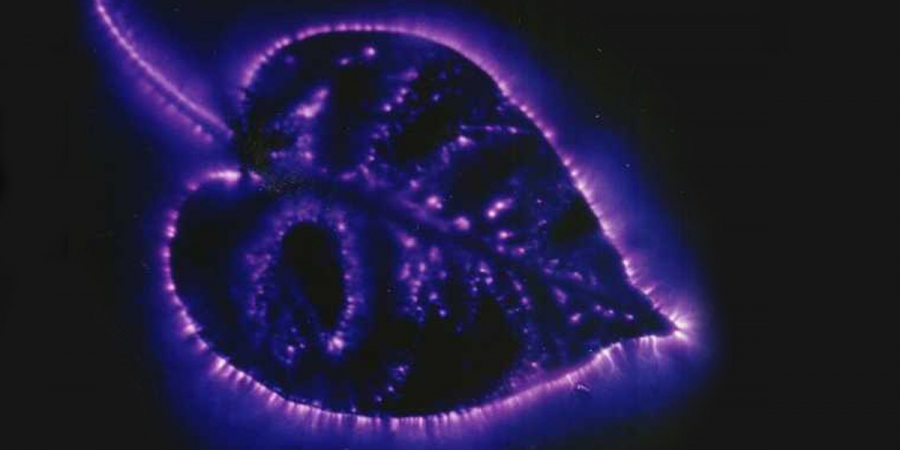
ArrayOctober 11, 2024
The Reality Behind Kirlian Photography’s Glowing Auras
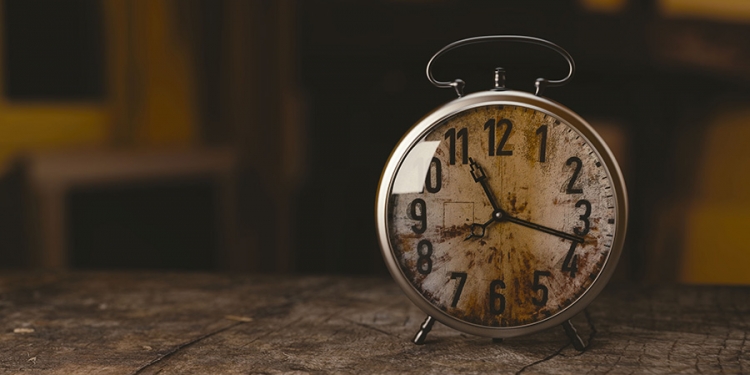
ArrayOctober 07, 2024
Could Retroactive Psychokinesis Allow Us To Influence The Past?
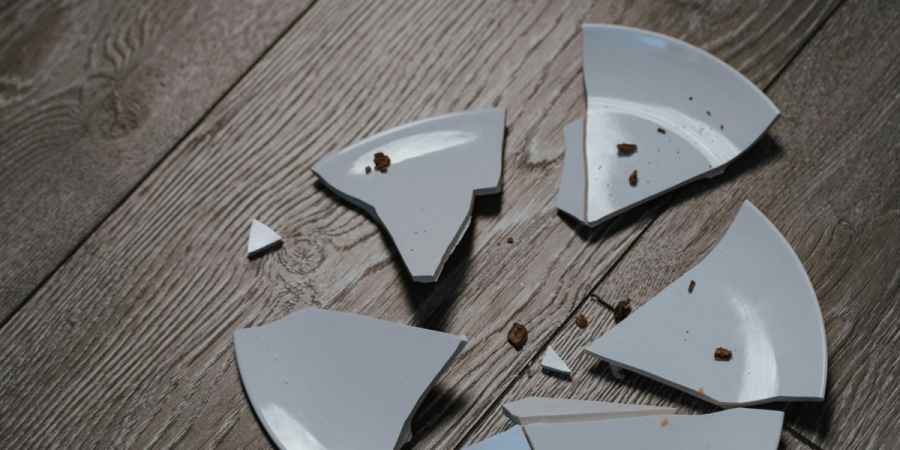
ArrayOctober 05, 2024
What Spontaneous Cases Are & Why Parapsychologists Research Them
Learn With Higgypop
Hosted by Paralearning in association with Higgypop, these courses on ghost hunting, paranormal investigations, and occult practices draw on the experience of our team of paranormal writers.
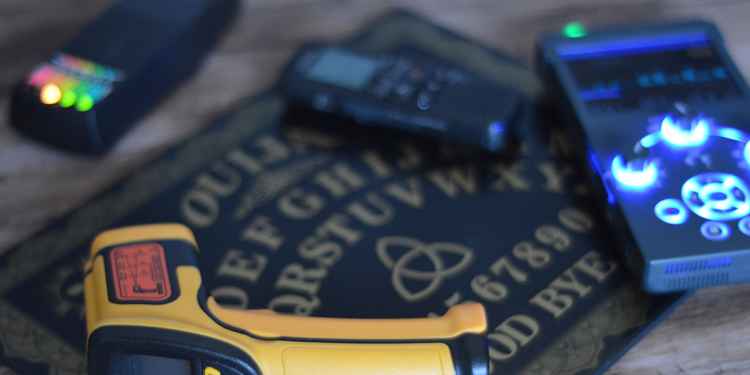
Diploma In Practical Ghost Hunting & Scientific Analysis
This course gives you practical and useful knowledge of ghost hunting and paranormal research, which is invaluable when conducting your own paranormal investigations or as part of a group event.
View Course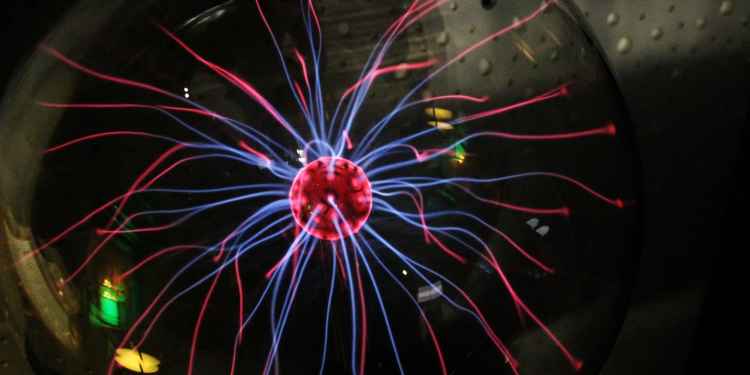
Diploma In Advanced Scientific Theory For Paranormal Investigators
This course gives you practical and useful knowledge of ghost hunting and paranormal research, which is invaluable when conducting your own paranormal investigations or as part of a group event.
View CourseMore Like This
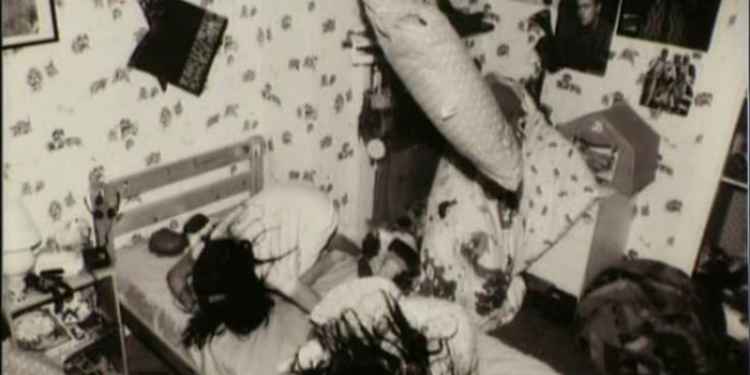
ParanormalOctober 12, 2024
Recurrent Spontaneous Psychokinesis The Parapsychological Principle Behind Poltergeists

ParanormalOctober 11, 2024
The Reality Behind Kirlian Photography’s Glowing Auras

ParanormalOctober 07, 2024
Could Retroactive Psychokinesis Allow Us To Influence The Past?

ParanormalOctober 05, 2024
What Spontaneous Cases Are & Why Parapsychologists Research Them
 See More on Audible
See More on Audible
Comments
Want To Join The Conversation?
Sign in or create an account to leave a comment.
Sign In
Create Account
Account Settings
Be the first to comment.